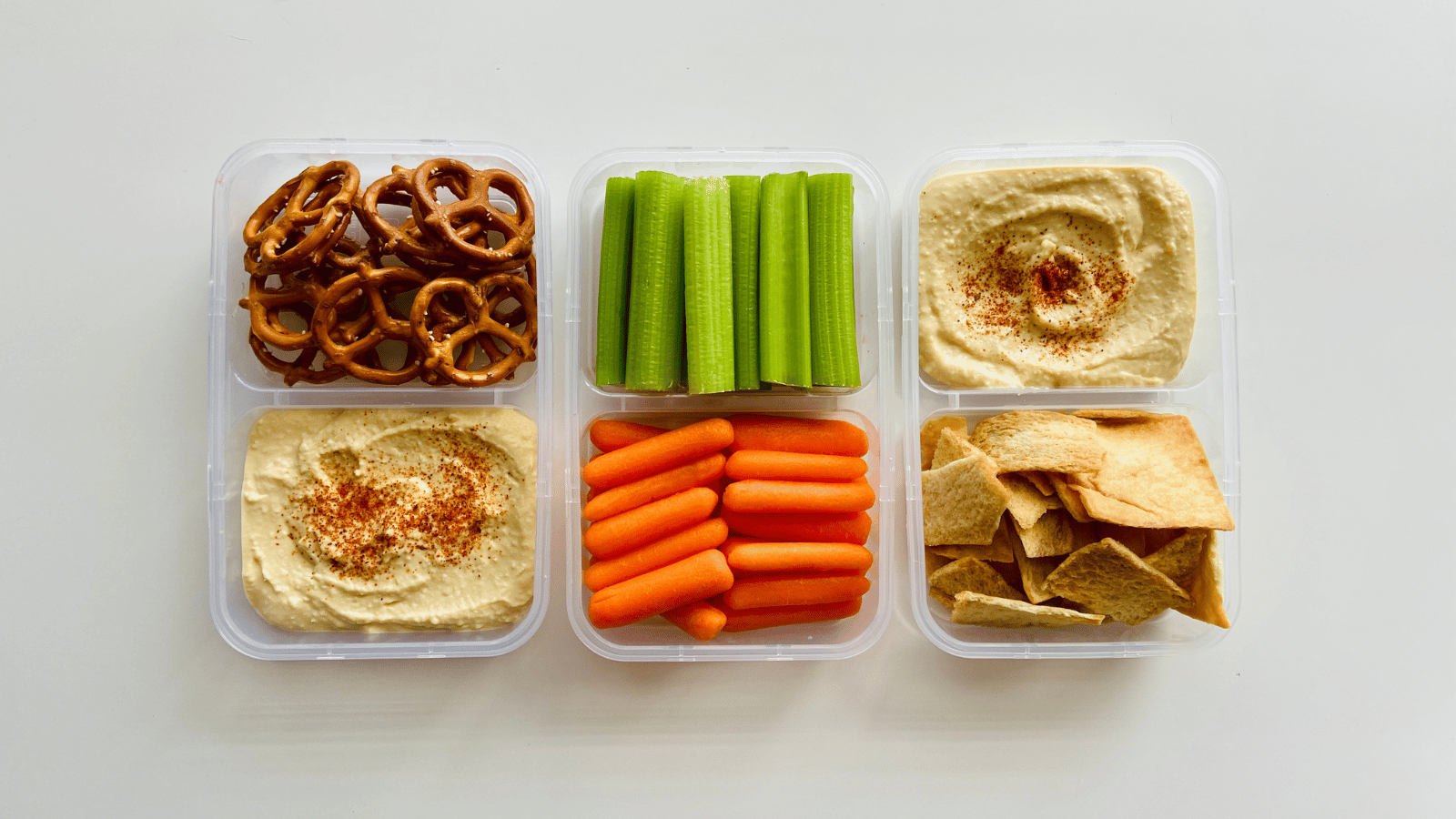
In the wake of proposed USDA changes to school nutrition standards, schools must be prepared to make any updates or changes to their offerings to comply. The new school nutrition standards suggested aligning with the latest science and dietary guidelines.
As part of the comprehensive comparison chart reflecting the new possible school nutrition standards, let’s look at specific provisions such as added sugar, milk, sodium, and whole grains. To comply, it’s essential to know what changes are coming and how to adhere to them while making displayed food appealing and presentable in all food display cases.
Embracing the Science of Nutrition
The move is somewhat anticipated and groundbreaking: the USDA’s Food and Nutrition Service is proposing significant updates to school nutrition standards based on the latest advancements in nutrition science. These changes appear on the latest School Meal Standards Chart.
This new chart emphasizes the importance of a well-balanced, nutritious diet, limiting sugars in grain-based desserts, yogurts, flavored milk, and breakfast cereals. The added sugars, per the chart, should average less than 10 percent of calories in a meal.
Proposed nutrition standards provisions
These more rigorous standards aim to create a student diet more in line with the new nutritional standards.
In addition to more restrictions on sugars, the new chart also scrutinizes milk, with a possible preference for not serving flavored milk to help reduce sugar. Instead, fat-free or reduced-fat milk is preferred. For grains, new grains may be required to meet the new grain-rich requirement, which is more inclusive of whole grains. There would also be a reduction in sodium and requirements for local education agencies (LEAs) to hire someone with specific qualifications to lead school nutrition programs. However, that person would need at least ten years of experience to continue to qualify.
The new proposed guidelines also cover traditional foods (“food that has traditionally been prepared and consumed by an [American] Indian tribe”), vegetable substitutions (instead of fruit), nut and seed meat alternatives, and ensuring most food consumed is from the United States.
With these new changes, it’s an ideal time to reevaluate how food merchandisers work with school nutrition goals in the cafeteria.
How Can Food Merchandisers from Federal Industries Support Your School’s Nutrition Goals?
From innovative design features to aligning with proposed nutrition standards, discover how Federal display cases are an A+ addition to school foodservice programs. By paving the way for schools to enhance food presentation and accessibility, and addressing the needs of students, Federal merchandisers help serve nutritious meals while maintaining safe food temperatures.
Federal Industries offers heated, cold, and dry food merchandising specifically for K-12 cafeterias to accommodate this. And with the new Vision Series cases to also support K-12 cafeteria needs, there's an option for every size and style of school.
Looking for some merchandising tips to assist with merchandising in your school? Download our free tips sheet:



